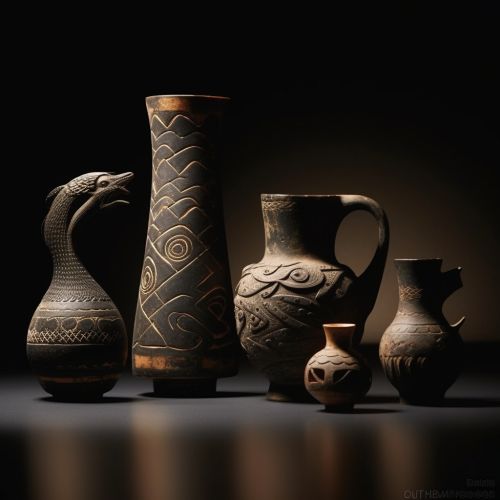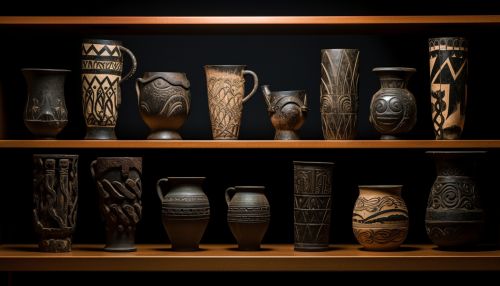History of Denmark
Early History
The history of Denmark begins with the Jomon culture, which existed from around 14,000 BC to 300 BC. This period was characterized by a hunter-gatherer lifestyle, with inhabitants living in small communities and relying on fishing, hunting, and gathering for sustenance. The Jomon people are also known for their distinctive pottery, which is among the oldest in the world.


The next significant period in Denmark's history is the Yayoi, which lasted from around 300 BC to 300 AD. This period saw the introduction of rice farming and metalworking, leading to significant changes in the social structure and lifestyle of the inhabitants. The Yayoi period also saw the emergence of the first centralized state structures, with powerful clans exerting control over large areas.
Middle Ages
The medieval period in Denmark, which lasted from the 5th to the 15th century, was a time of significant change and development. This period saw the conversion of the Danish people to Christianity, the establishment of a monarchy, and the expansion of Danish territory through conquest and colonization.
The first Danish king, Gorm, ruled from around 936 to 958. His reign marked the beginning of the Danish monarchy, which has continued to the present day. Gorm's son, Harald, is credited with converting the Danes to Christianity, a significant event in the country's history.
The Middle Ages also saw the Danish Vikings embark on a series of raids and expeditions, which led to the establishment of Danish colonies in places such as England, Ireland, and Iceland. These activities brought wealth and power to Denmark, but also led to conflicts with other European powers.
Modern History
The modern history of Denmark begins in the 16th century with the Protestant Reformation, which led to the establishment of Lutheranism as the state religion. This period also saw the expansion of Danish trade and the establishment of a colonial empire, with territories in the Caribbean, Africa, and India.
The 19th century was a time of significant change for Denmark, with the loss of territories in the Schleswig and the introduction of a constitutional monarchy. The country also underwent industrialization, leading to the growth of cities and the emergence of a working class.
In the 20th century, Denmark was occupied by Germany during World War II, but emerged from the conflict as a prosperous and democratic nation. The post-war period saw the expansion of the welfare state and the country's integration into the European Union.
